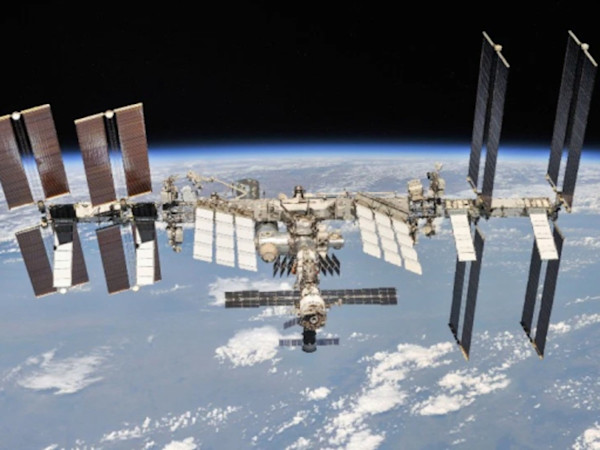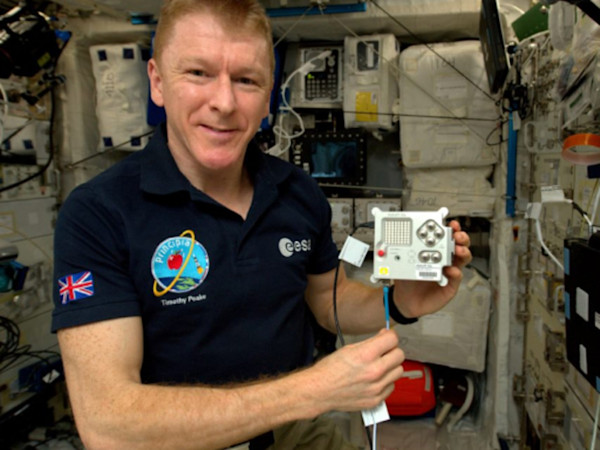About Astro Pi

What is Astro Pi?
The European Astro Pi Challenge offers young people the amazing opportunity to conduct scientific investigations in space by writing computer programs that run on Raspberry Pi computers aboard the International Space Station (ISS).

History
As part of British ESA astronaut Tim Peake’s Principia mission (2015–2016) on the ISS, two space-hardened Raspberry Pi computers, called Astro Pis, equipped with environmental sensors, were sent to the ISS and used to run students’ and young people’s programs, with ISS crew support. As well as Tim Peake, ESA astronauts Thomas Pesquet, Paolo Nespoli, Alexander Gerst, David Saint-Jacques (CSA astronaut), Luca Parmitano, Matthias Maurer and Samantha Cristoforetti have all acted as ambassadors for the challenge.

Mark II hardware
After two years of secret development, upgraded Astro Pi VIS and Astro Pi IR computers arrived on the ISS in December 2021. They were first used to run Mission Zero and Mission Space Lab programs as part of the European Astro Pi Challenge 2021/22.
They were named by Mission Zero participants in 2022 after the two inspirational European scientists Nikola Tesla and Marie Skłodowska-Curie.

Impact
-
26,386
Young people participated in 2023/24
-
28
Countries participated across Europe and Canada in 2023/24
-
43%
Female representation across the Astro Pi Challenge 2023/24
-
Media attention raised the profile of STEM education
Who we are
-
ESA Education
The ESA Education Programme uses the fascination and the incredible knowledge generated by Europe’s unique space programme for the education and the benefit of the younger generation - from early age to early professional levels - and for the growth of society at large.

-
Raspberry Pi Foundation
The Raspberry Pi Foundation is a UK-based charity with the mission to enable young people to realise their full potential through the power of computing and digital technologies.

